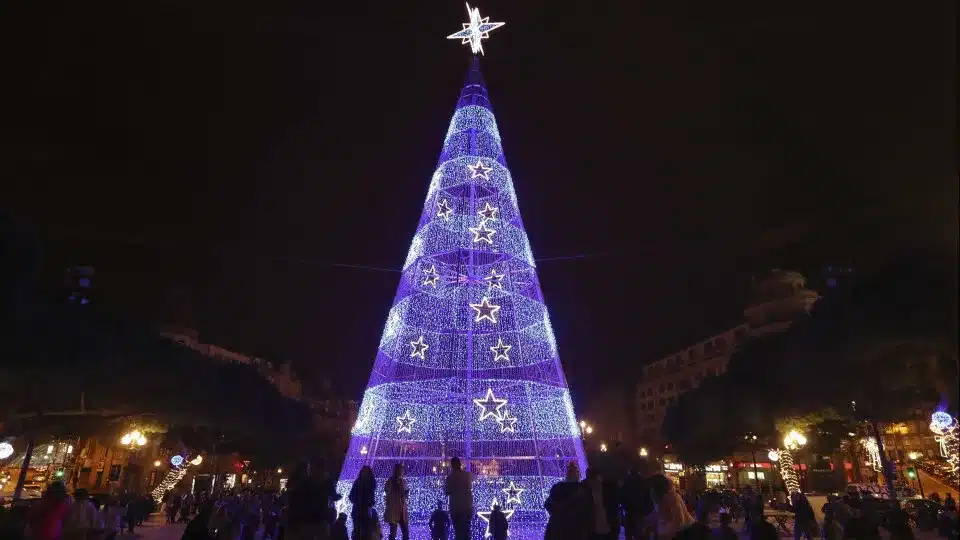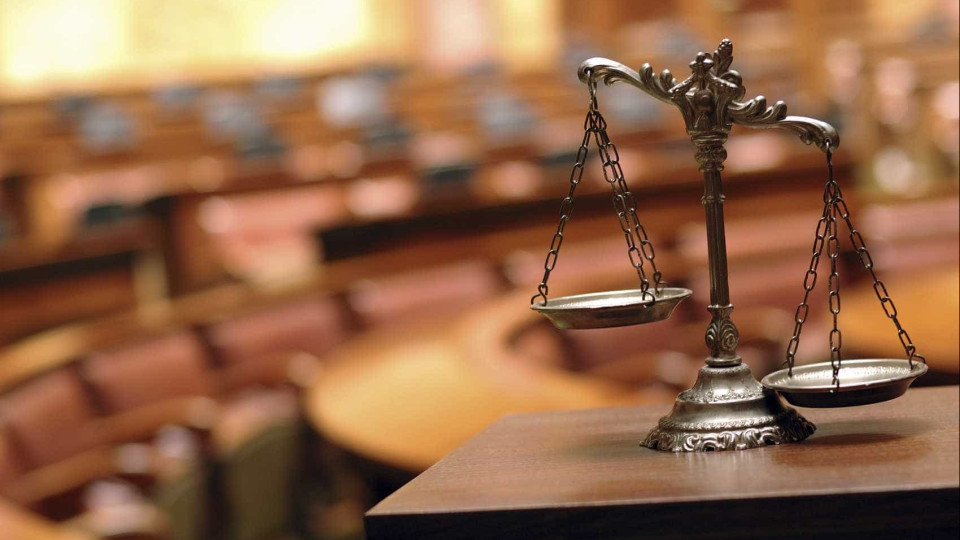On Thursday, the exhibition “The Urgency of the City: Porto and 100 years of Fernando Távora” reopens the doors of the so-called ‘Casa dos 24’, a space renovated in 2002 by the architect from Porto and which will become part of the Porto Museum.
“It’s a very symbolic moment for the city. On the one hand, because we’re returning the original Town Hall to the city, reopening the doors of a symbol of Porto’s will to be, of the will of the citizens to have a say in the city’s destiny, and on the other because we’re evoking a hero of Porto – Fernando Távora,” the director of the Porto Museum and Libraries, Jorge Sobrado, told Lusa on the eve of the opening.
The opening of the House and the exhibition, which takes place the day before the 100th anniversary of the birth of architect Fernando Távora (1923-2005), serves as the launch for the centenary celebrations of the man who is considered to be the founder of the “Porto School”, which will continue until 2024.
Sharing space with Porto’s Cathedral, the former Town Hall, known as ‘Casa dos 24’, had been closed since at least 2016, having functioned as a tourist office in previous years.
The building, as the city knows it today, is a contemporary recreation by the Porto architect Fernando Távora, who in 2002 signed the project to restore the space destroyed in a fire in 1875.
“Built in the mid-1450s, [it was] considered the first seat of municipal power where, until the end of the 17th century, the so-called good men, or representatives of the city’s 24 trades, met in assembly,” can be read on the municipality’s website.
At the same time, the exhibition offers a journey through the city’s history, but also about the architect, offering a tour of his life and work, which highlights projects such as the Barredo renovation study or the rehabilitation of the Freixo Palace.
“It’s an exhibition that is subordinated to memory, [the] place and its actor, dimensions that relate to each other through the simplistic approach of the place of Távora. To understand the architecture of the old Town Hall is simultaneously to understand the history of the city,” explained the head of the Porto Museum and Libraries.
Outside, the image of Távora, inscribed on the glass that personifies the vision of enjoyment that Távora wanted to imprint on the space in 2002, is already arousing curiosity among the thousands of tourists who strolled through the Sé today.
Inside the old Senate Tower, divided into three floors with generous ceiling heights, preparations are being finalized for the inauguration, which will take place on Thursday afternoon.
The palmo de Távora that serves as a measure of the House, the liberal coat of arms, or the statue of the warrior-founder “O Porto” (whose reinstallation work is underway), are some of the symbols that make up the narrative of the “Ancient, Very Noble, Always Loyal and Invicta City of Porto”.
On the second floor, Jorge Sobrado explained, “the memory, symbolism and history of the place” are evoked, symbols which Fernando Távora appropriated and somehow thematized in his drawing.
On the middle floor, the visitor is invited to embark on a journey through the architect’s studies and projects in Porto, and on the lower floor, which connects to Rua de São Sebastião, the architect’s facets as a traveler and collector are explored, with pieces from his personal collection, including a ceramic by Picasso and another by Rosa Ramalho.
For Jorge Sobrado, the reopening of this building “is a powerful symbol that joins the network of the Porto Museum and will allow us to reinforce the museum’s narrative and educational function”, which is made up of more than a dozen stations, stretching from the Reservoir, located in Parque da Pasteleira, to Bonjóia, at its easternmost point.
The temporary exhibition paying tribute to Fernando Távora will be open until October 29, a date that can be extended.
The rest of the program “between the empty and the full” will respect the house as a “monument/sculpture” and as a cultural and artistic stage.
Manuel Real, the exhibition’s scientific curator and the person responsible for the first archaeological study carried out in 1984, believes that Fernando Távora’s project not only dignified the building described at the time as “an infamous ruin”, but was also its “salvage” by making it possible to preserve an emblematic space in the city’s history.








